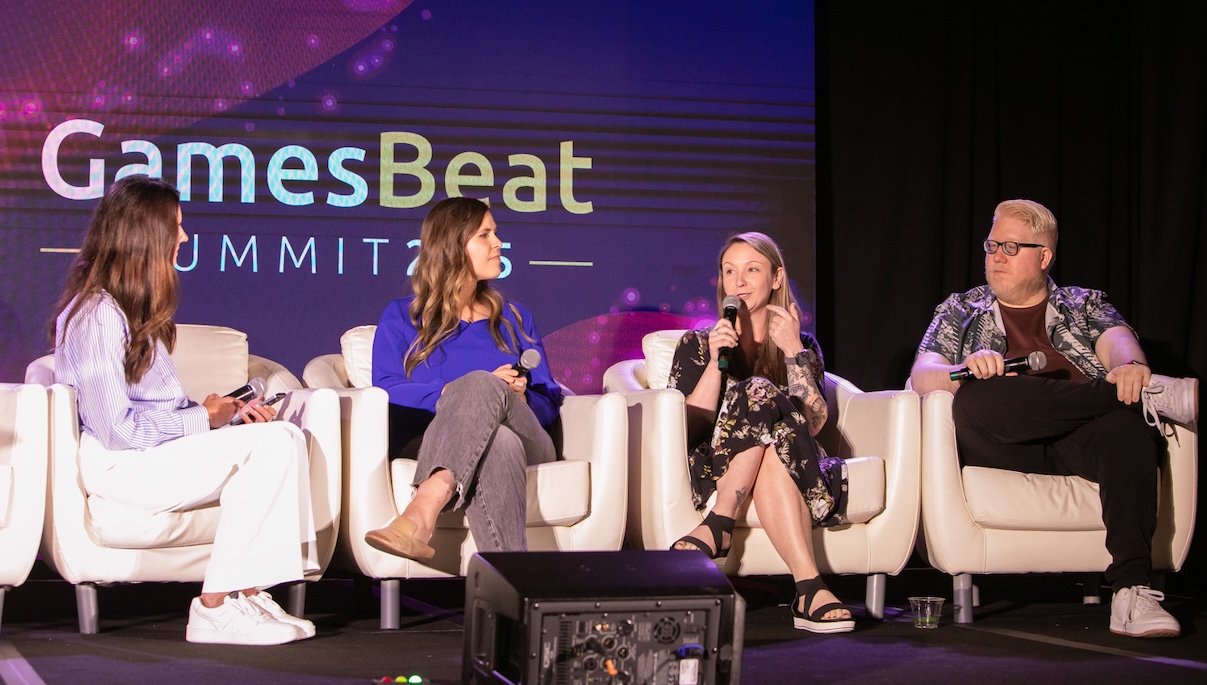Over the past few decades, the games industry has been investing heavily in advancing accessibility of video games through hardware, adaptable controllers, and built-in game features. At GamesBeat Summit 2025, Aubrey Quinn, senior vice president for the Entertainment Software Association (ESA), led a conversation about how these efforts continue to evolve. Participants in the conversation included Holly Wescott, accessibility lead at Amazon Games; Dr. Kaitlyn Jones, director of clinical outreach at Warfighter Engaged and gaming accessibility lead at Xbox; and Steve Saylor, player, content creator and accessibility consultant.
Saylor started the conversation by talking about his perspective on accessibility in games in relation to the 2020 release of The Last of Us Part II. At the time, he told the audience, he believed it was a milestone in the accessibility movement for video games. As one of the game’s consultants, Saylor contributed to the development of features that had never been offered before on a triple A game.

Unlock premium content and VIP community perks with GB M A X!
Join now to enjoy our free and premium membership perks.
![]()

![]()